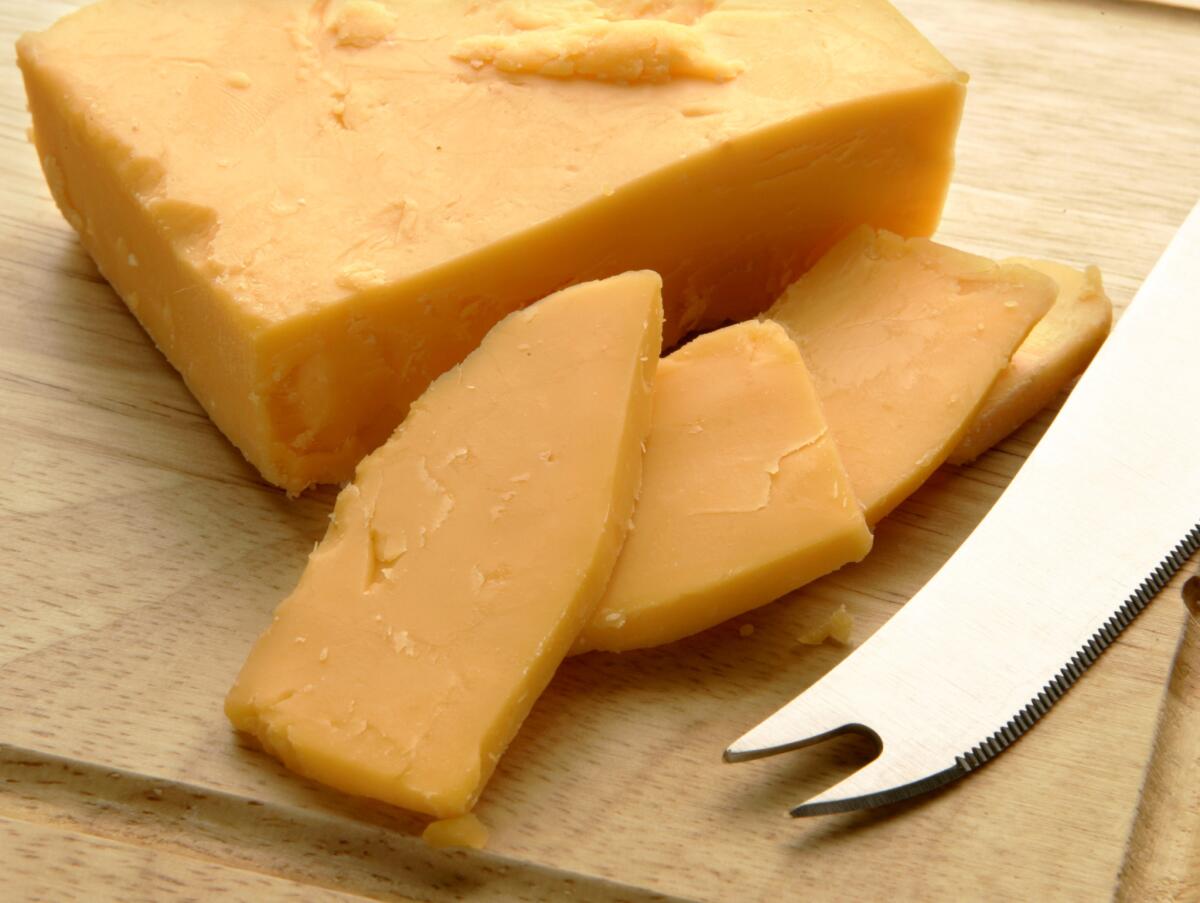Ancient mummies found buried with world’s oldest cheese

For some cheese lovers, the older and stinkier the cheese, the better. Well, what about a cheese that’s been aging for 3,600 years?
Yellow lumps, believed to be the world’s oldest cheese, were found on mummies buried in the Taklamakan Desert in northwestern China. The cheese, which was found during archaeological excavations that took place between 2002 and 2004, dates to as early as 1615 BC.
The cheese was found on the necks and chests of the mummies. The multiple layers of cowhide the mummies were buried in, and the dry, salty desert helped preserve the cheese.
Researchers from the University of Chinese Academy of Sciences collected 13 samples of the yellow lumps from 10 tombs. A German team performed a protein analysis in Dresden and discovered the lumps were a cheese made from kefir fermentation rather than butter or milk.
Instead of using rennet, a common enzyme from a calf intestine used to make cheese, a mix of Lactobacillus kefiranofaciens, a bacteria commonly found in kefir today, was used to ferment milk and make the cheese.
The milk could have been drank as a probiotic drink or curdled and strained to make the cheese.
According to Discovery News, this type of cheese would have been digestible by lactose-intolerant people. The same ingredients and technique are still used today to make lactose-free kefir probiotic drinks and kefir cheese, which is similar in appearance to cottage cheese.
Want more quirky food news? Follow me on Twitter: @Jenn_Harris_
ALSO:
Easy dinner recipes: Rich seafood chowders in an hour or less
New nutrition labels: Because we’re eating the entire bag of chips
Roy Choi’s Pot: Expect double-dipping, 10 types of hot pot and a late March opening
More to Read
Eat your way across L.A.
Get our weekly Tasting Notes newsletter for reviews, news and more.
You may occasionally receive promotional content from the Los Angeles Times.











